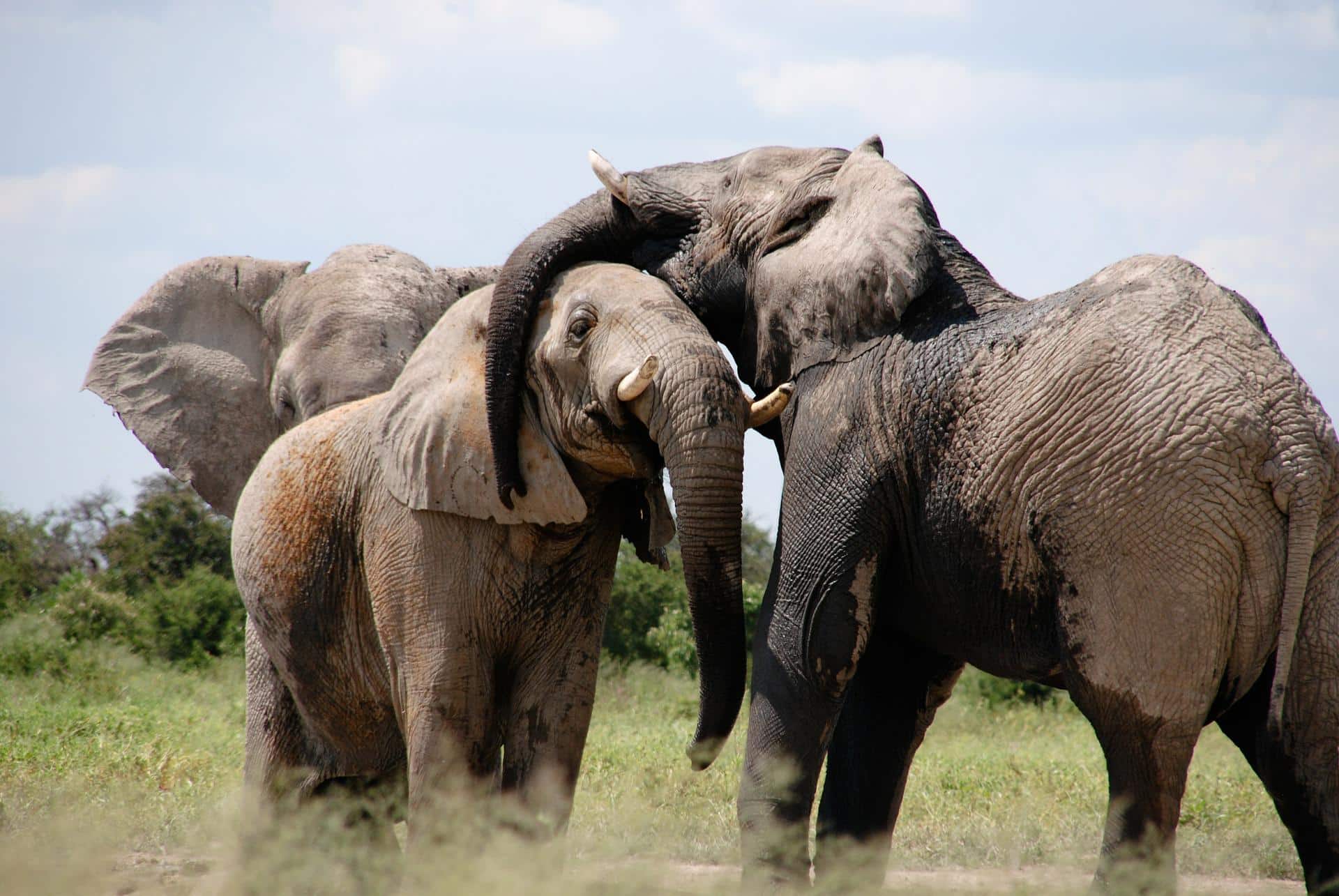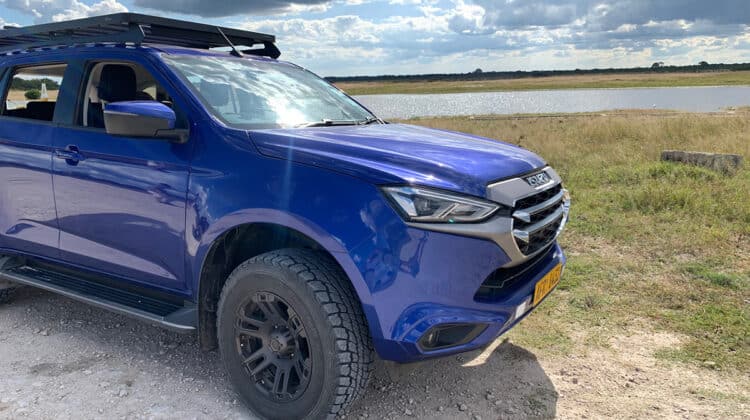Road trip to Hwange National Park
Where: Hwange National Park, Matabeleland North
Main attraction: large elephant herds, Masuma Dam with its thatched hide
Vehicle type: 2×4 with high clearance
Technical difficulty: moderate
Elevation: approximately 1 739 feet above sea level
In the northwest point of Zimbabwe, a seven-and-a-half-hour drive (554,8 km) from Harare via the A5 or a three-hour (280,8 km) drive from Bulawayo via the A8, lies Hwange National Park. Spanning an area of 14,600km² it is the largest natural reserve in Zimbabwe and a beautiful expanse of semi-arid landscape. The park’s biome is diverse with dusty Kalahari sands in the southern part or Umtshibi camp area, and groves of savannah woodlands and teak forests with granite outcrops in the northern parts or Sinamatella area.
During the dry season, between June and October, large herds of approximately 45 000 elephants converge on the watering holes. The park has very little natural surface water, but thanks to the efforts of Friends of Hwange (FOH) there are 110 boreholes in the park and most of them are solar powered. So even though it is the dry season the 60 main-made watering holes should have something available for the wildlife to drink. Apart from being an elephant sanctuary, the park is also home to the big five and it is home to the Painted Dog Conservation, a non-profit organisation that is dedicated to protecting the species. With over 100 mammal species, dams alive with crocodiles, more than 400 bird species and at least 1 000 floral species, the park is a haven for nature lovers.
Getting there
The tarred road leading to Hwange National Park is in fairly good condition, but deteriorates as you get closer to Hwange town due to the heavy coal trucks that use the roads. In the park, the roads are in moderate to poor condition. Some say that they can be accessed by a 2-wheel drive with high clearance, but there are spots of pretty deep sand on the trails and on the back roads. During the rainy season, some of the remote camps within Hwange can only be reached by 4×4. It is advisable to call your lodge or the Zimbabwe Parks Board before you head out to check on the quality of the roads.
There are both parks board and private accommodation options available throughout Hwange National Park. The main camp, Umtshibi camp, has a number of self-catering accommodation options, camping and caravan sites available and it is easily accessible by tarred road. If none of the options available interest you, it is only an hour and a half drive to Victoria Falls.

Tips for navigating poor roads
- If there are potholes, it is better to drive slowly over the pothole rather than swerve and cause a collision. So rather, drive slowly and hold onto your steering wheel firmly.
- Know your vehicle’s clearance height so that you know if your nose is going to hit the ground.
- Drive at a moderate pace. Speeding on a poor road can put unnecessary strain on your tyres and shocks.
- Keep a safe travelling distance from the vehicle in front of you so that you have full visibility of the road’s surface.
- Be sure to carry extra petrol as fuel can sometimes be hard to come by in Hwange National Park.
- Make sure you have all the right equipment in the event of an emergency – spare tyre in good condition, wheel jack and spanner, and a reflective triangle.
If you’re planning on heading out on a road trip, chat to the team at Autoworld 4×4 to ensure you have all the right gear and 4×4 accessories for your trip. We provide economic tyre and accessory fitment services that you can recommend with confidence.
